(Tiếng Việt) Một vài nét tổng quan về ngành công nghiệp khai khoáng của Việt Nam
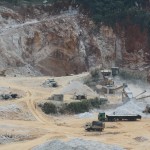
Sorry, this entry is only available in Vietnamese. ...
Poverty policy and regulation
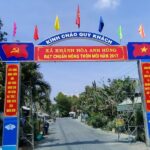
The National Targeted Program on New Rural Development – 10 years review and way forwardIntroductionIn Vietnam, rural development is nearly synonymous with agricultural sector development. Agriculture itself is crucial in Vietnamese policy, as it forms the backbone of the country’s economy. Thus, rural development has ...
Aid and development
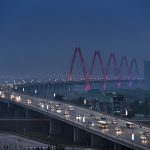
International aid plays a significant but decreasing role in Vietnam’s national expenditure. For example in 2013, official development assistance (ODA) as a percentage of the national budget had decreased to 11.2% from 25.4% in 2003.71 The nature of development assistance has changed a lot over ...
Overview of Religions in Vietnam
Vietnam is a multi-ethnic, multi-cultural and multi-religious country. Vietnam was among 12 countries in the world and six countries in the Asia Pacific region, recognized as having a very high degree of religious diversity under global religious diversity surveys by the Pew Forum Institute (USA).133 ...
Rivers and lakes
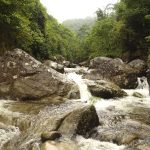
Vietnam surface water system includes all of the water in rivers, streams, lakes, ponds, and wetlands, as well as the ocean, in which river water resources are the most important that are widely used in livelihood and production. River near Sa Pa, Vietnam, a frontier town and ...
Green growth in Vietnam
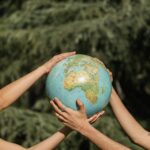
The global pursuit of Green Growth has transformed into an essential agenda in a world grappling with escalating environmental degradation, climate change, and the depletion of finite resources. This concept strives to balance prosperity and ecological sustainability by decoupling economic growth from resource consumption and ...
Sustainable Development Goals
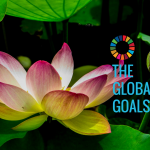
The Sustainable Development Goals (SDGs), also known as the Global Goals, are universal targets designed to end poverty, protect the planet and ensure that all people enjoy peace and prosperity in each UN member state by 2030. They are intended to continue the progress made ...
Economy and commerce
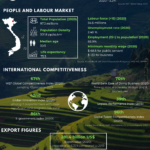
1. BackgroundVietnam declared independence in 1975 after more than 1000 years of colonization, war and conflict. At this point, Vietnam was one of the world’s poorest countries. However, in a period of 15 years, Vietnam transformed from an agricultural-based society into a transitioning lower-middle income ...
Forests and Forestry
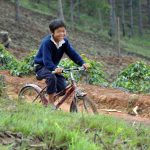
The Government of Vietnam considers forests an important ecological resource, valuable for the socio-economic development and well-being of communities throughout the country. Forests play a major role in adapting to climate change as well as in regular environmental functions such as preventing erosion and maintaining ...
Urbanization in Vietnam

Vietnam’s economic transformation over the last three decades has been a remarkable success story. The country has gone from one of the poorest in the world to a thriving lower middle-income economy, thanks to comprehensive economic reforms and rapid structural transformation from an agriculture-based economy ...
Land
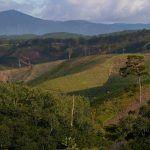
Vietnam’s 0.3 hectare of agricultural land per person is among the lowest in the world. Vietnam’s Constitution holds that land and other natural resources are "public property, owned by all the people..." Vietnamese law does not recognize customary forms of tenure, and communities (villages) do ...
Vietnam Digital Transformation Agenda

Vietnam is pushing toward Industry 4.0 with the government’s Digital Transformation Agenda (DTA) to leverage digital technologies to drive economic growth, improve governance, and promote social development. Digital transformation is being promoted as the key to unlocking the country’s two primary development goals: achieving net ...
Agriculture and Fishing
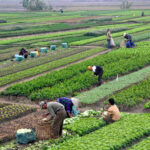
The role of agriculture in VietnamThe agriculture sector plays a crucial role in Vietnam’s economy and society. In Vietnam, the sector includes crop production, livestock, fisheries, and forestry. Vietnam’s tropical climate, fertile soil, abundant water supply and rich biodiversity means that after 40 years of ...
Drought

The New Normal: Mekong Delta faces droughts and saltwater intrusion1. The SituationVietnam’s Mekong Delta is the third-largest delta on Earth and home to nearly 18 million people, whose livelihoods rely mainly on agricultural and aquacultural production. Considered the “Rice Bowl” of Vietnam, the Delta supports ...
Land classifications

Land ConsolidationLand in Vietnam is divided into extremely small parcels by world standards. The average agricultural landholding is 1,560 square meters per capita, which is less than one-third of standard holdings in Thailand or Cambodia. Up to 70% of rural households have land use rights ...
Water resources
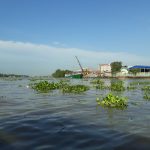
Water resources in Vietnam are quite diverse, comprising both natural and artificial water bodies. The countries water resources are under increasing pressure from over-exploitation due to increased irrigation demand, urban and industrial development, as well as concentrated areas of increasing population. 670 Ensuring national water security is ...
Ethnic minorities and indigenous people

IntroductionVietnam is considered a multi-ethnic country, made up of 54 ethnic groups. The Kinh ethnic group makes up 85.4% of Vietnam’s population, or 78.32 million people. The remaining 53 ethnic groups make up only 14.6% of the country’s population (see Table 1).706Although Vietnam voted in ...



